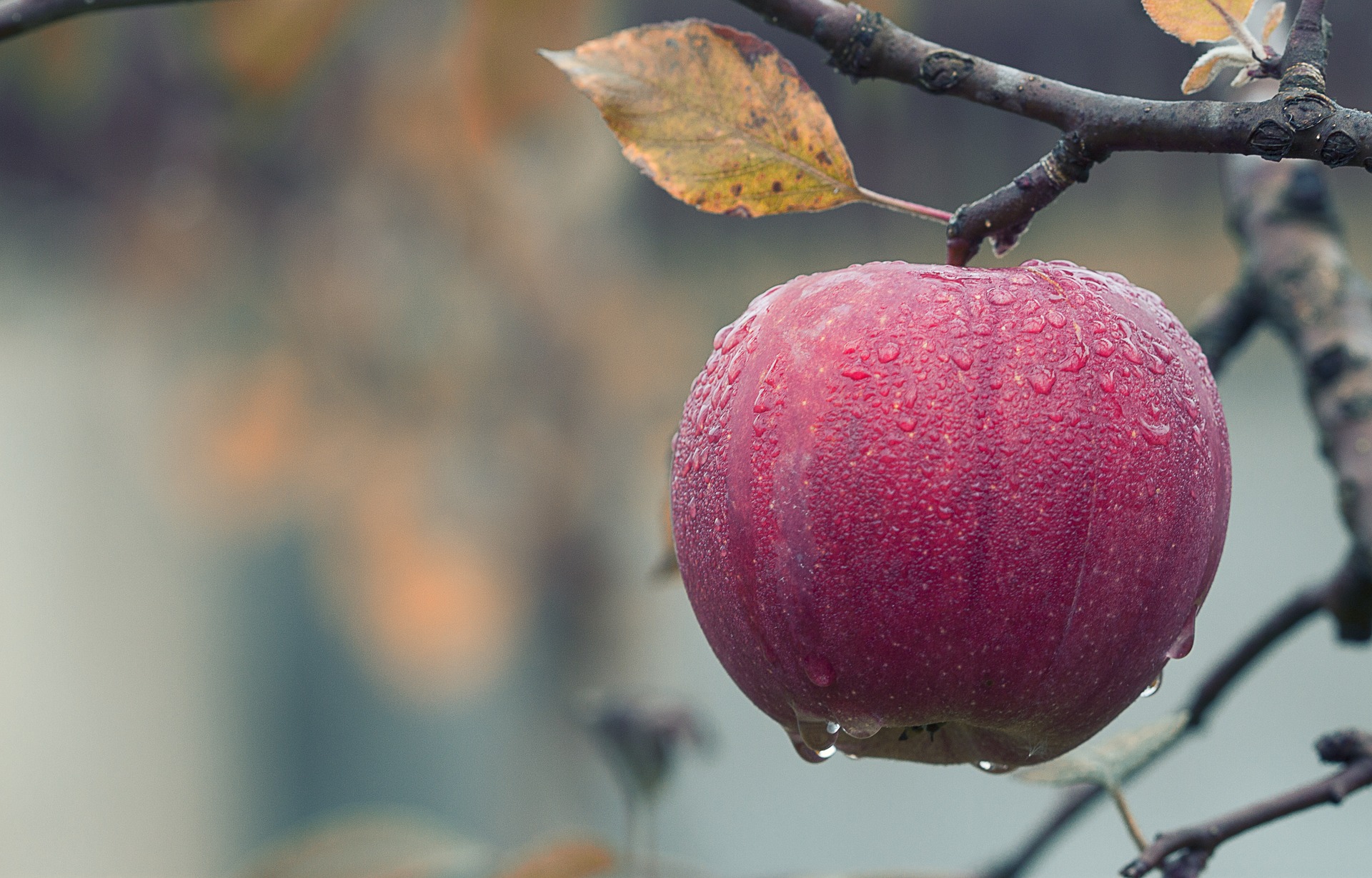
Alternate or biennial bearing on fruit trees
non-damaging
Apple, pear, plum and other fruit trees may produce a heavy crop of fruit in one year and then very little to almost none the next. This is called “alternate” or “biennial bearing”. The typical pattern is 2 alternating years, but some trees may have an excessive crop one year and then very little for the next two years.
Flower buds are formed in the previous growing season. If your tree blooms profusely and sets a lot of fruit one year, its energy goes into fruit production instead of forming buds for the following year.
Other factors like severe early frosts, excessive fertilizing, lack of pollinating insects, excessive pruning or damage to the tree can trigger or contribute to the alternate bearing pattern.
Control:
- If this is the heavy bearing year, try this: Thin immature fruits to 1 fruit per cluster every 15 - 25 cm (6” to 10”) or so along the branch.
- Keep the largest fruit per cluster unless it is damaged.
- Do this within 2 - 4 weeks after blooming. Timing is critical – if you thin the fruit any later than 4 weeks after blooming, you may not see an improvement next year.
Thinning your fruit in a heavy crop year helps to produce larger, better quality fruit. Thinning also prevents limbs from breaking when they are laden with a heavy fruit load.
Source:
Apple crop load management - Alternate Bearing. (2021, March 20). Retrieved March 23, 2021, from https://extension.psu.edu/apple-crop-load-management-alternate-bearing

